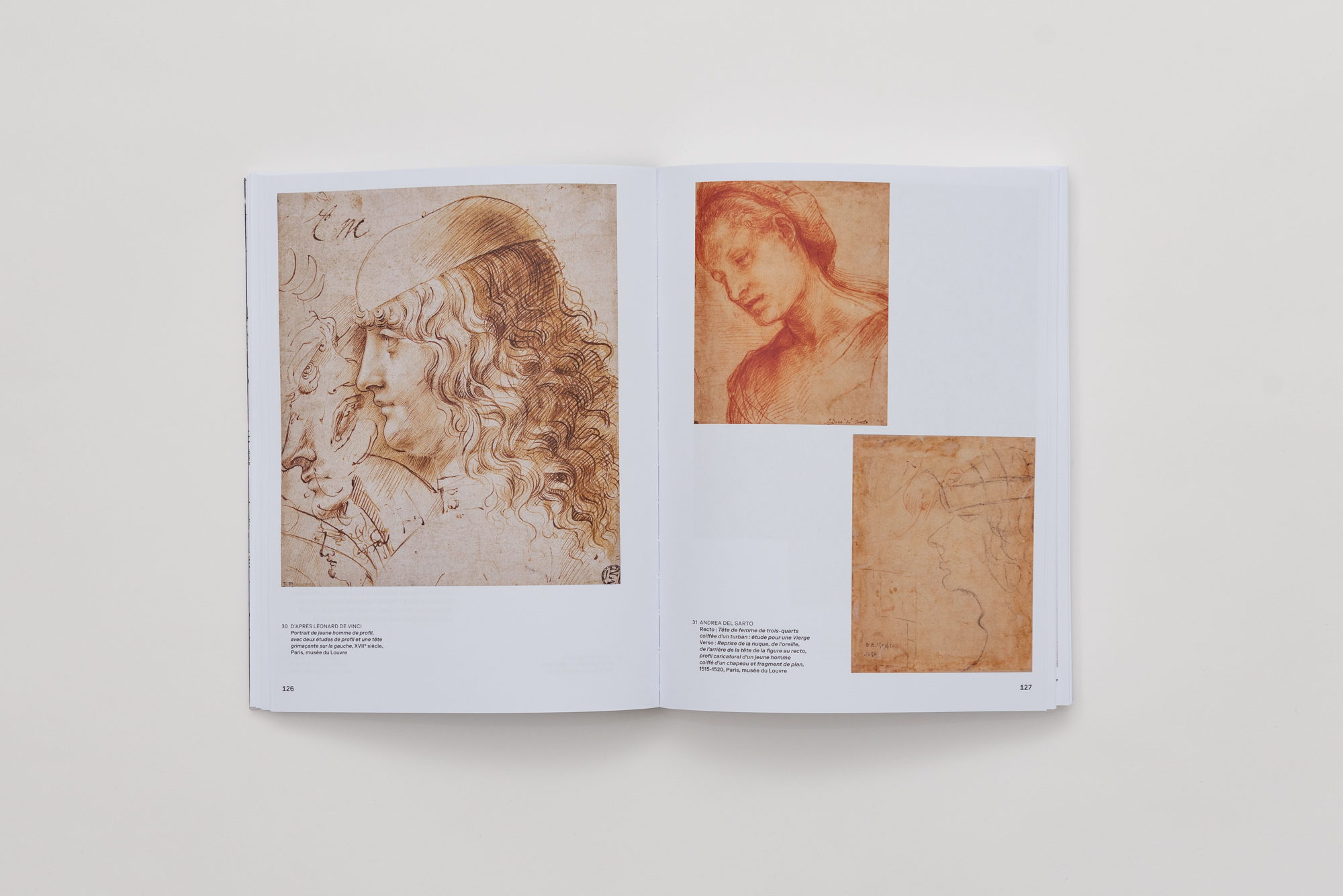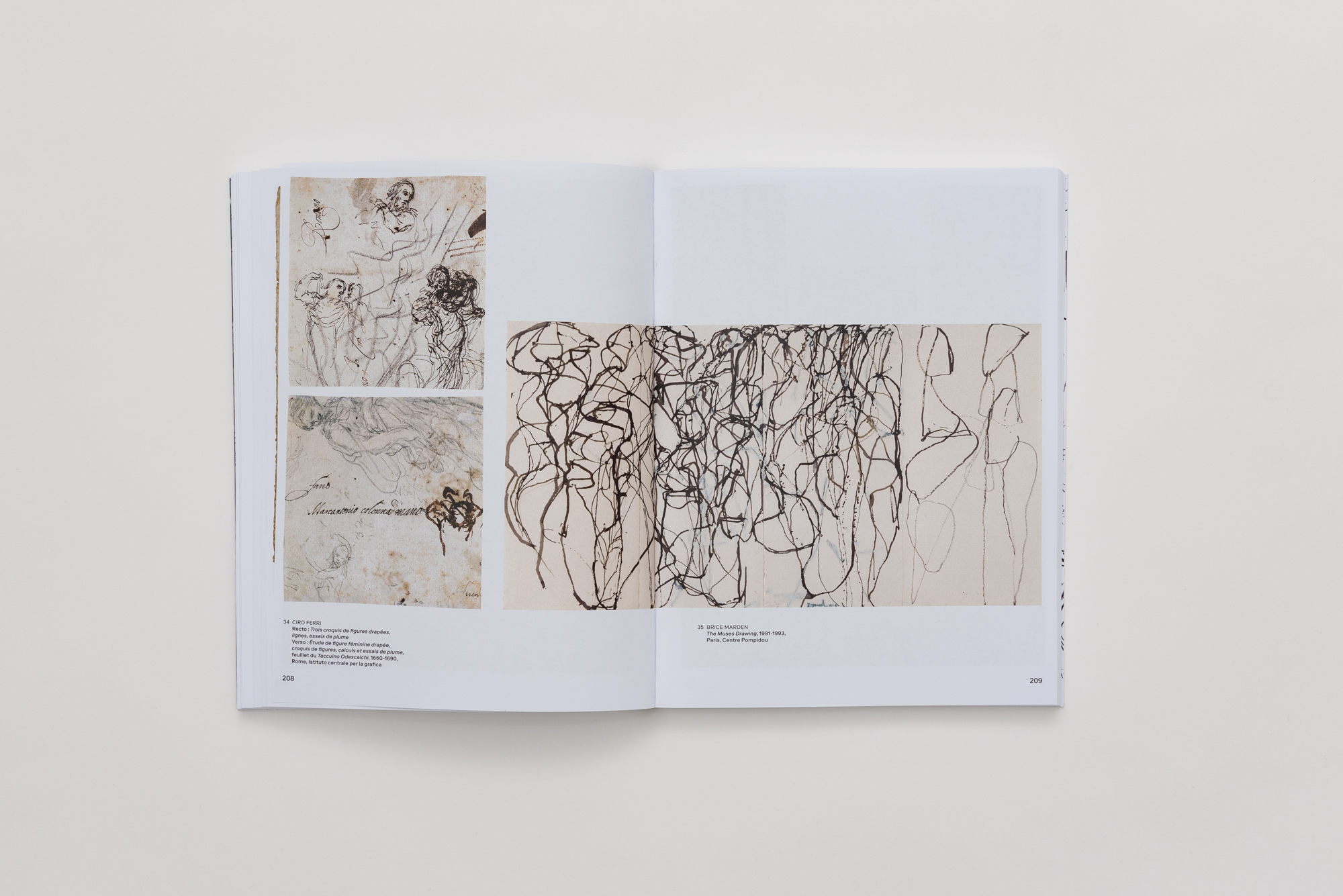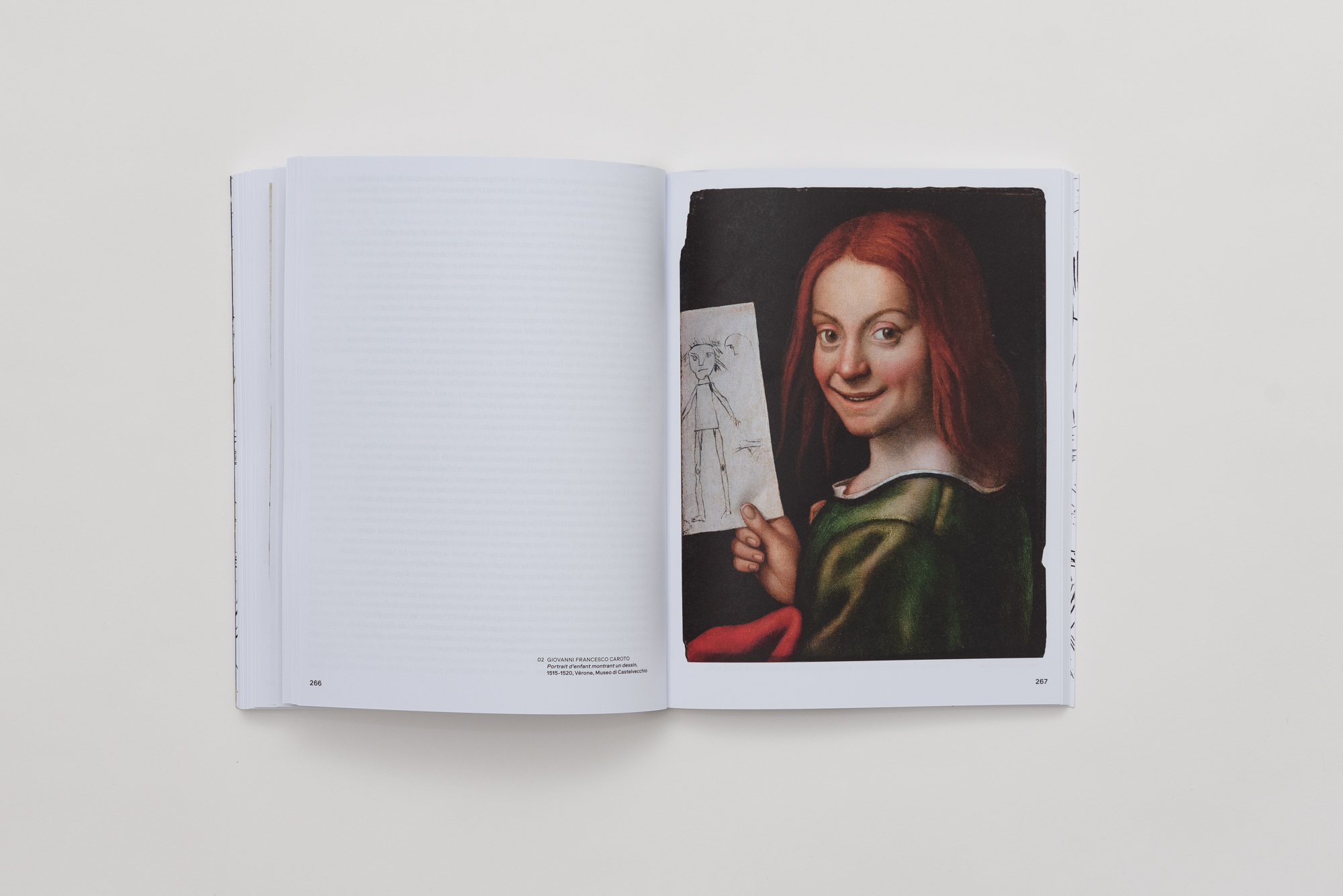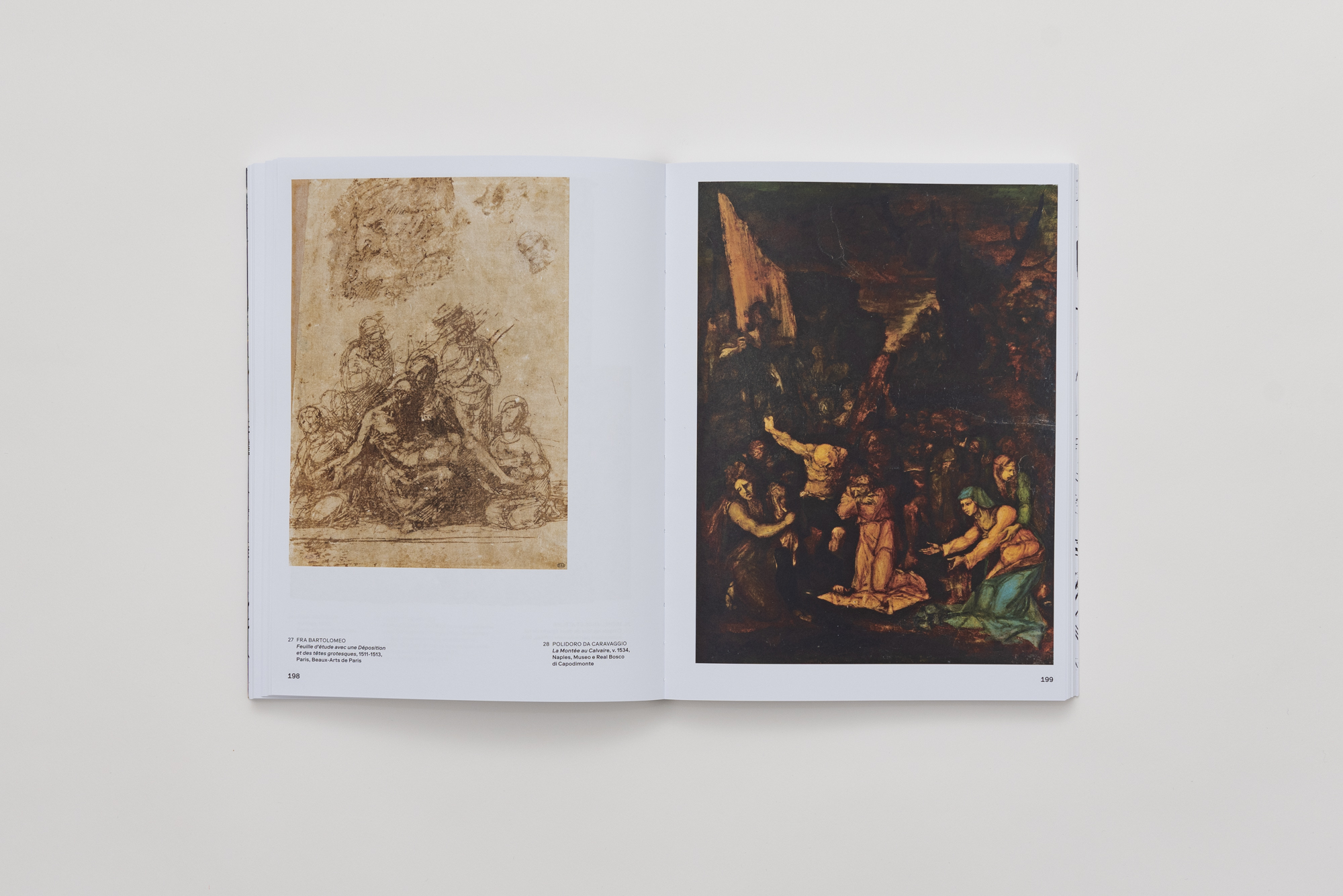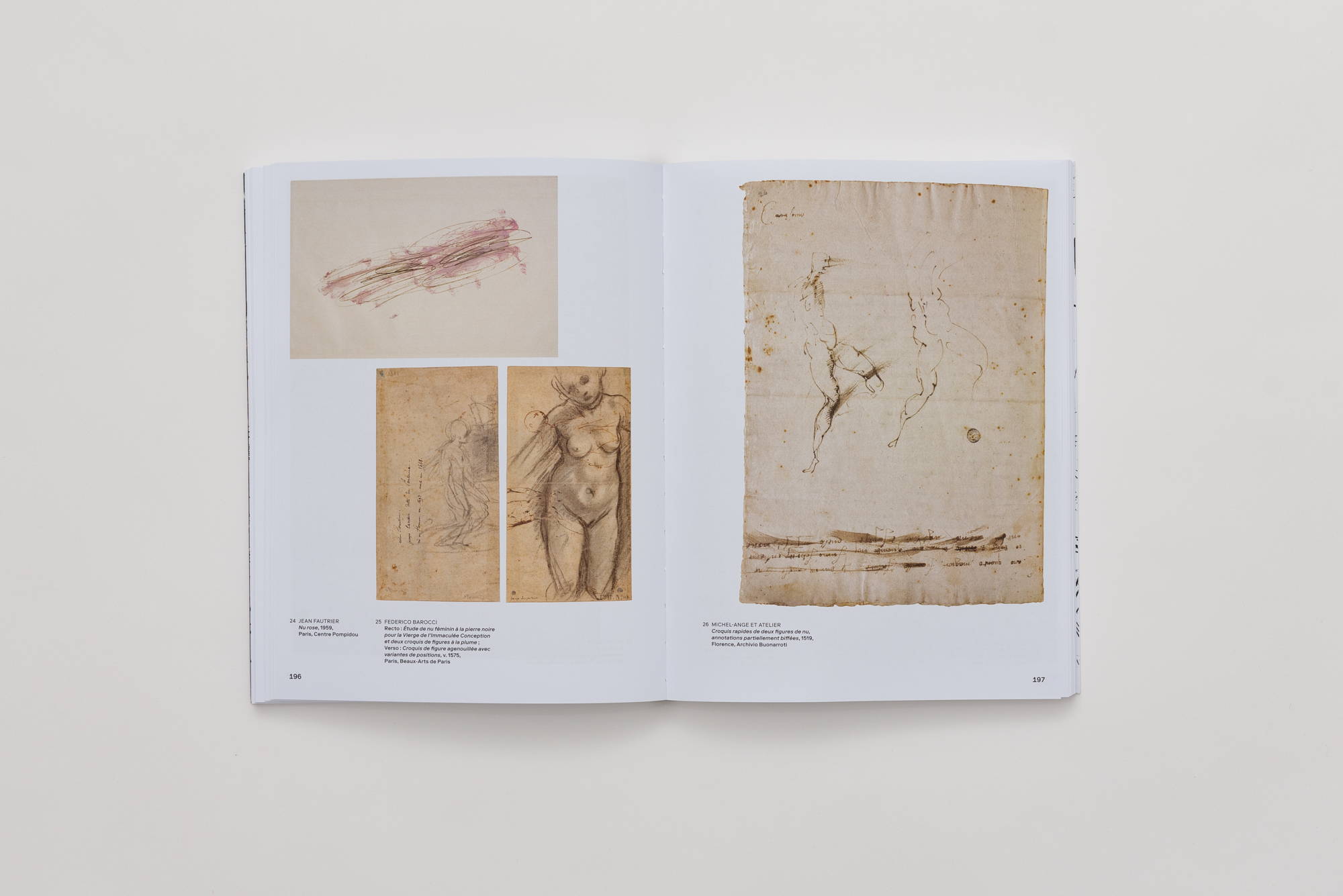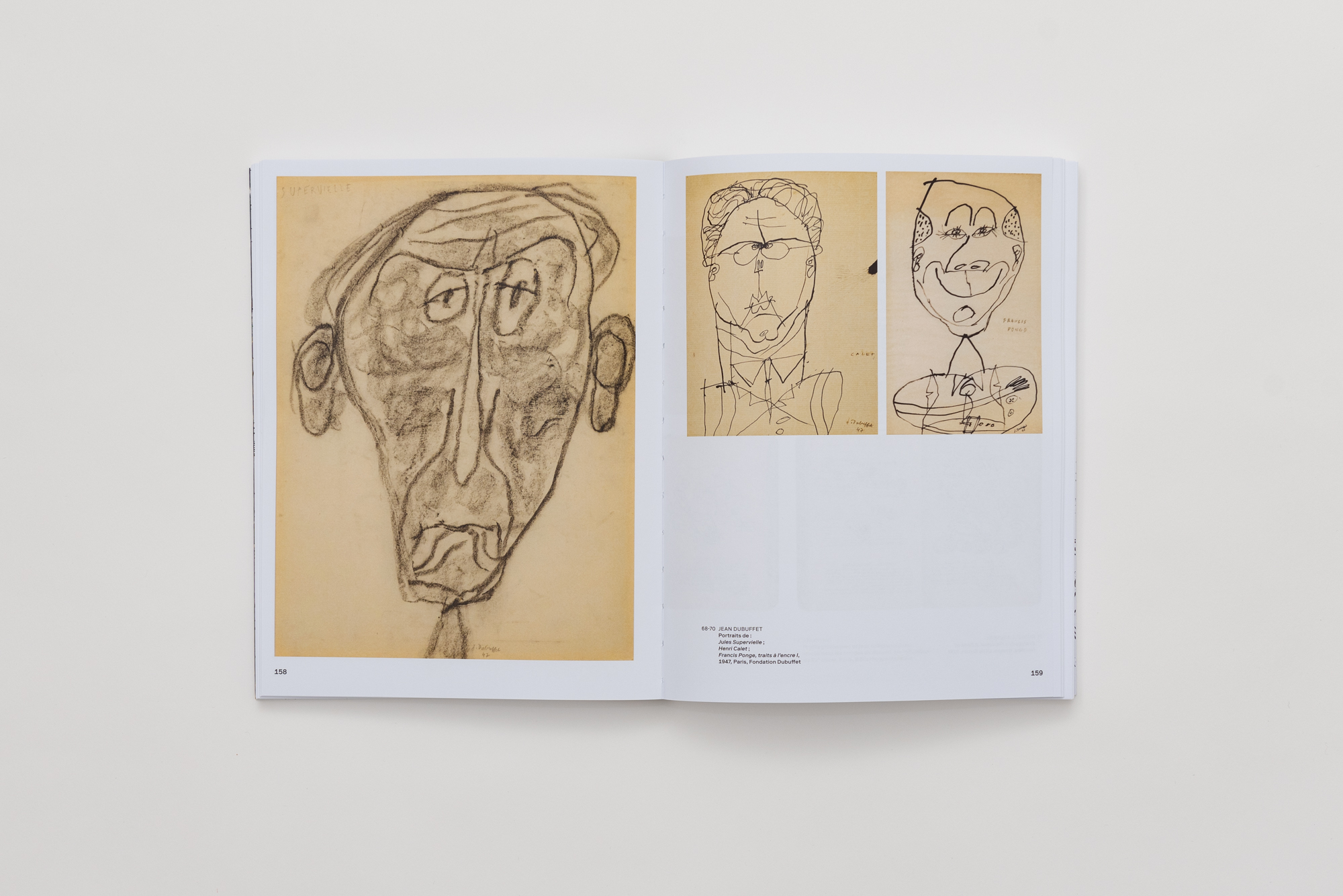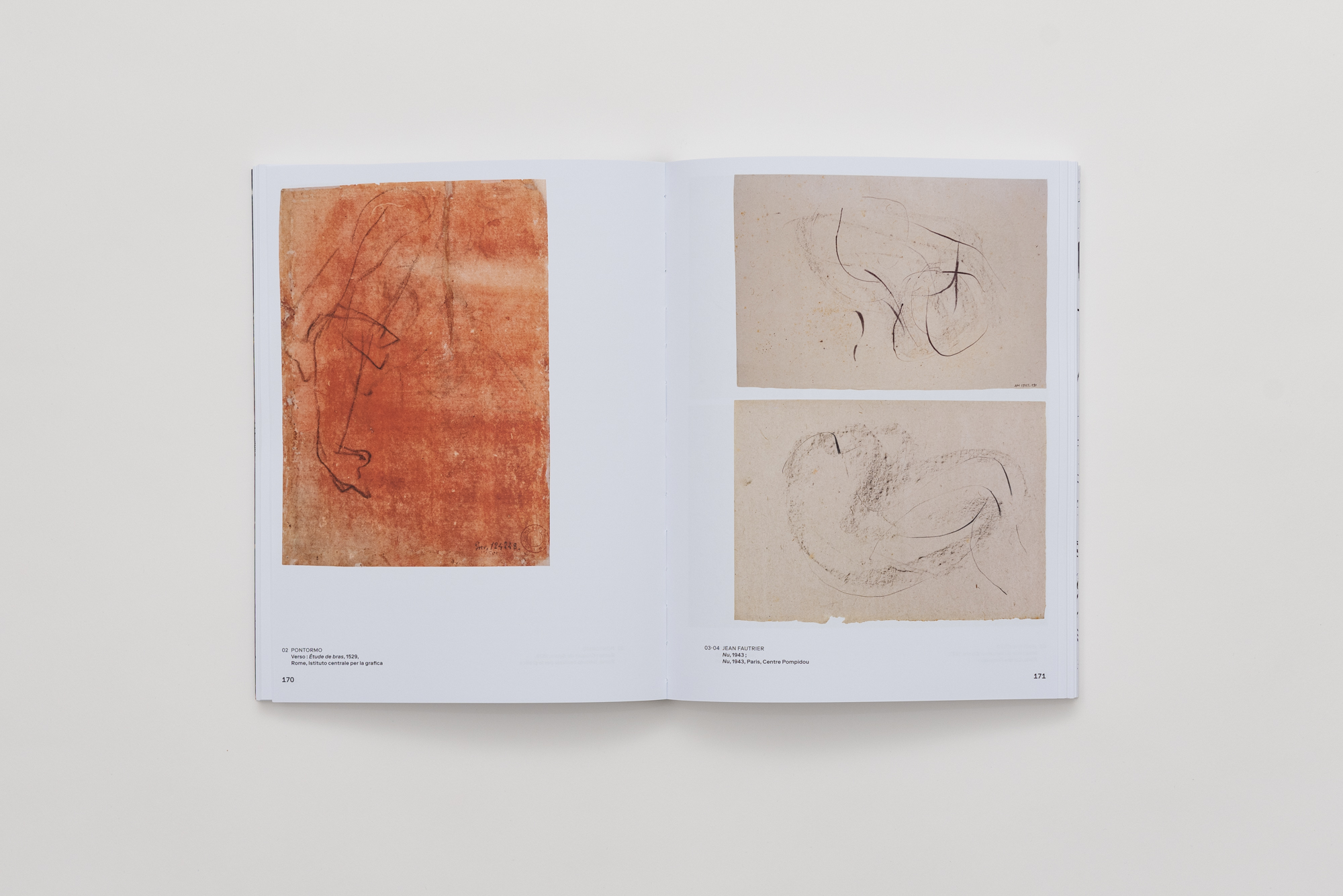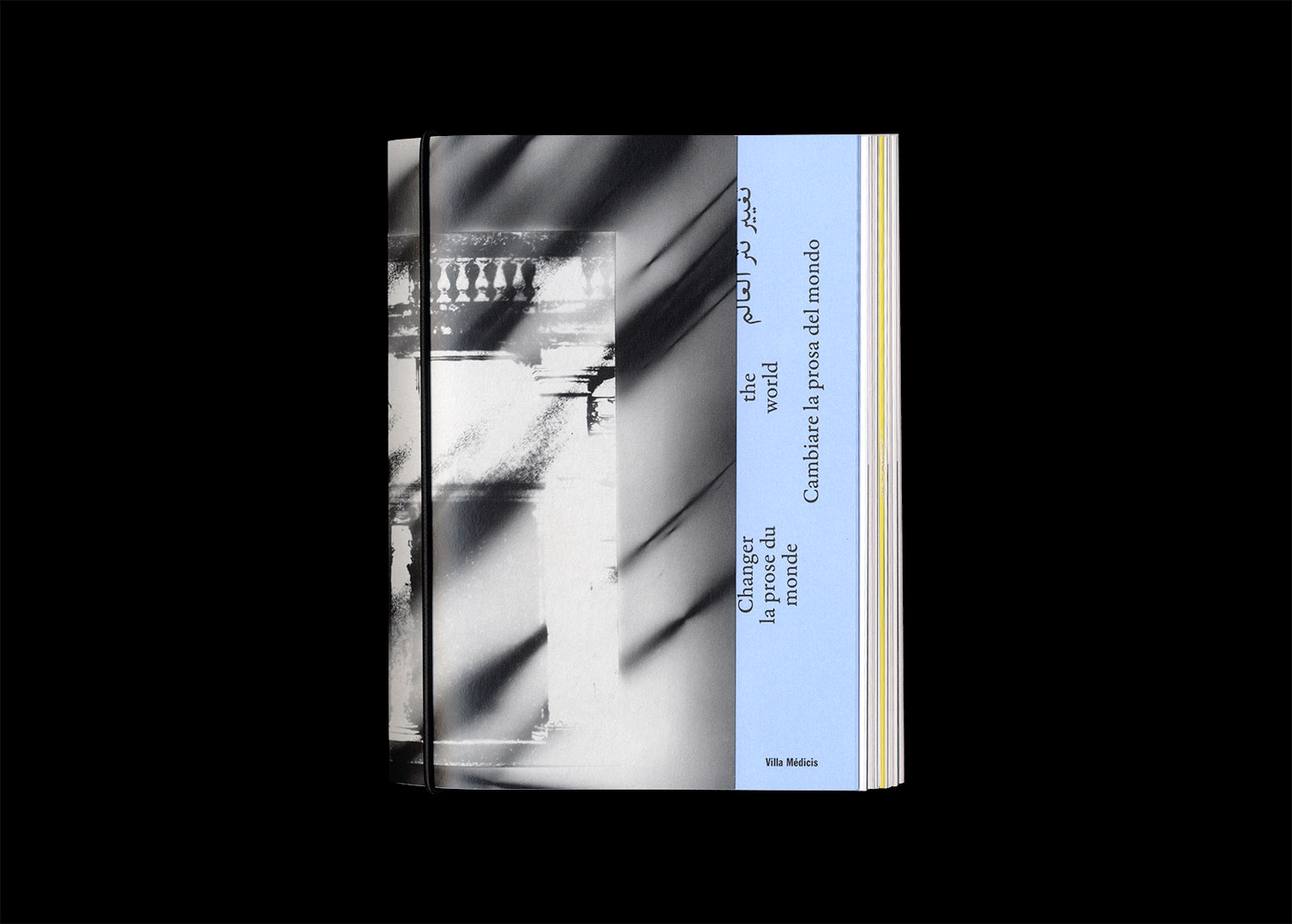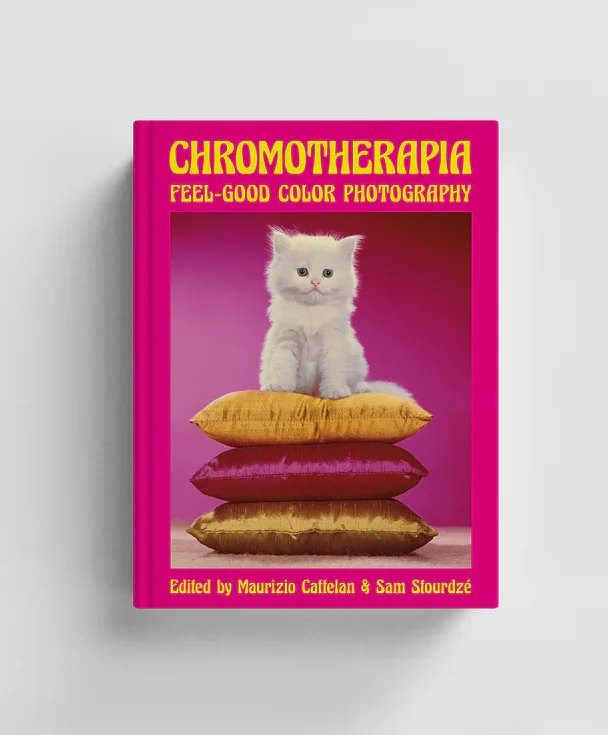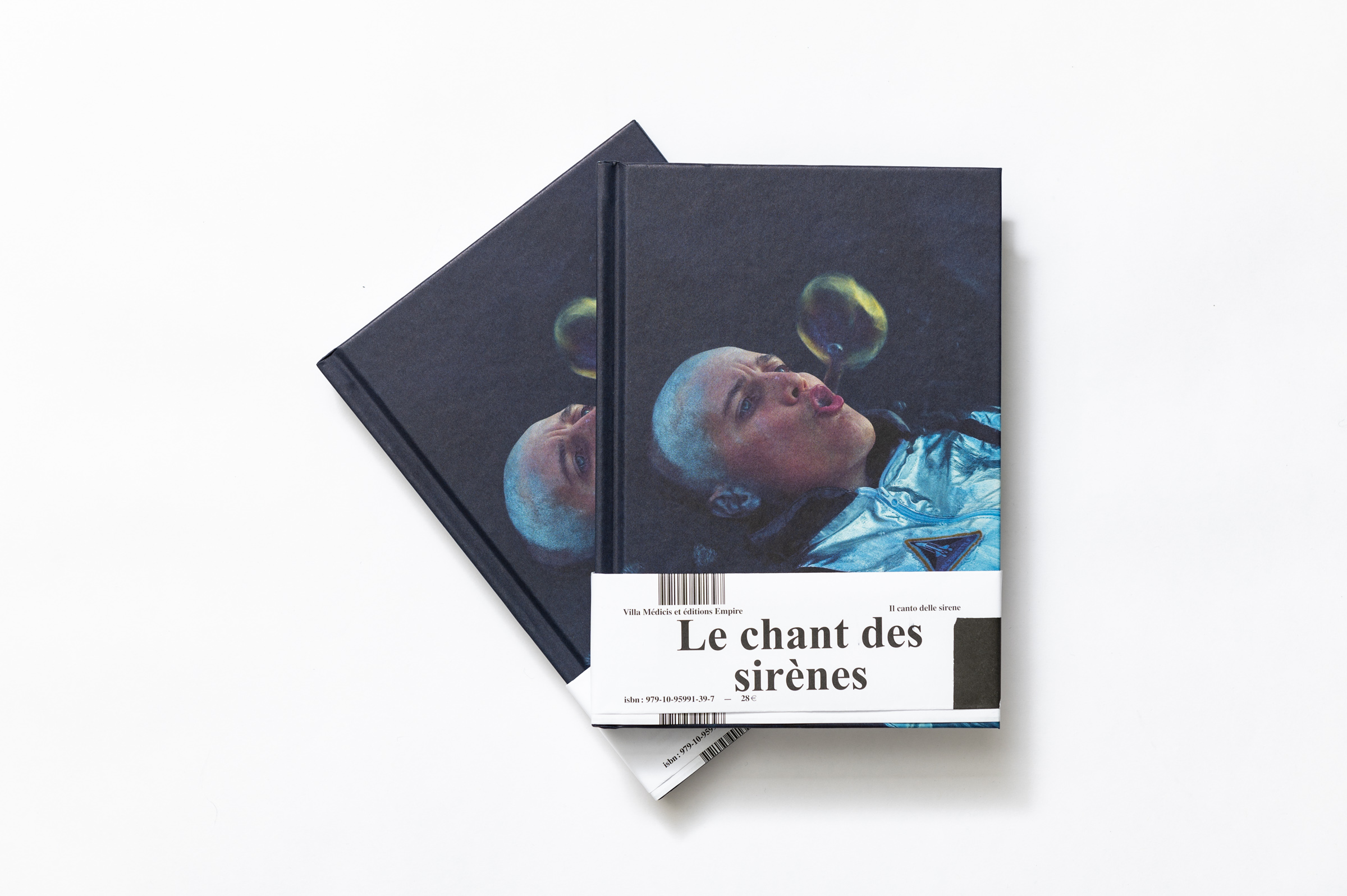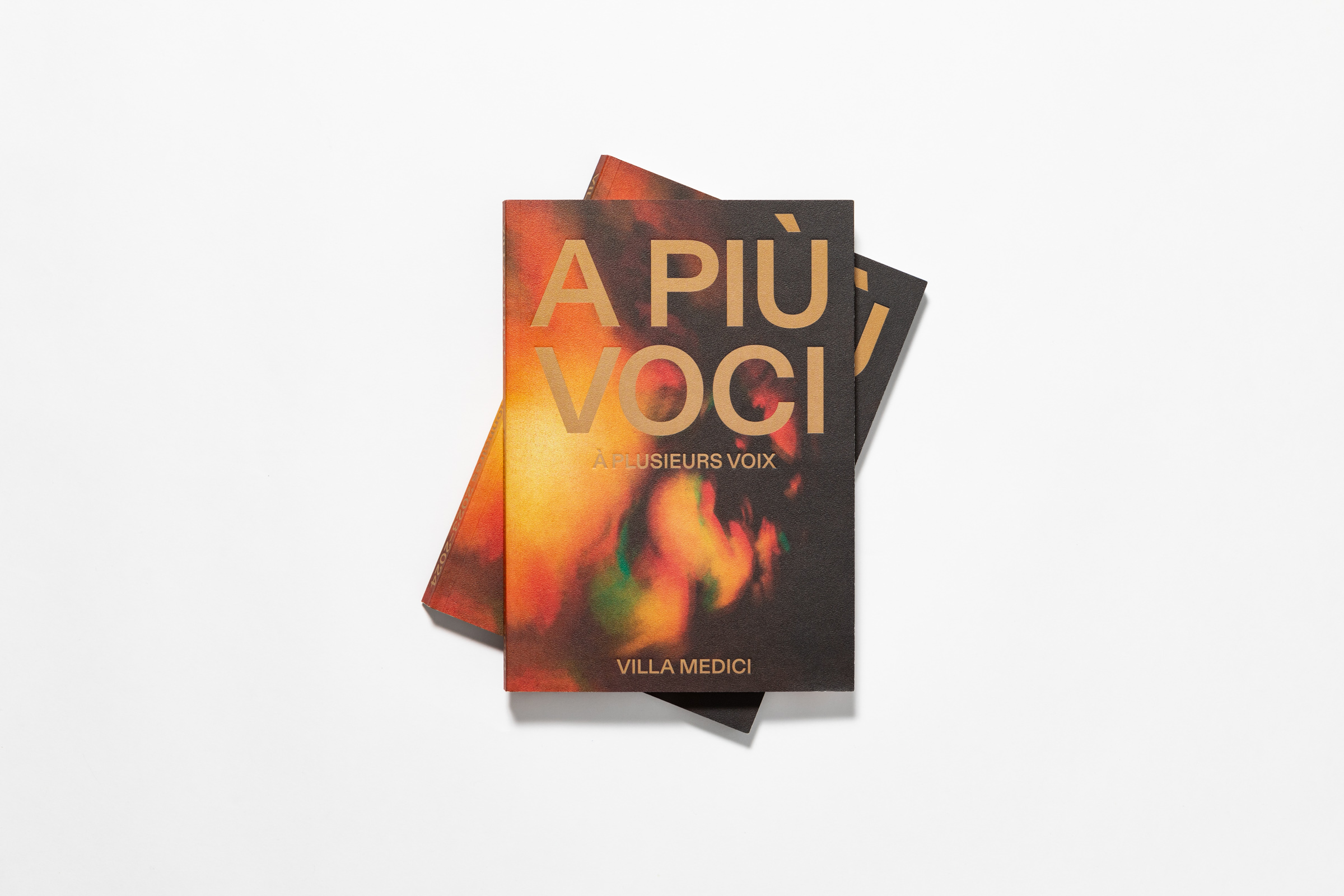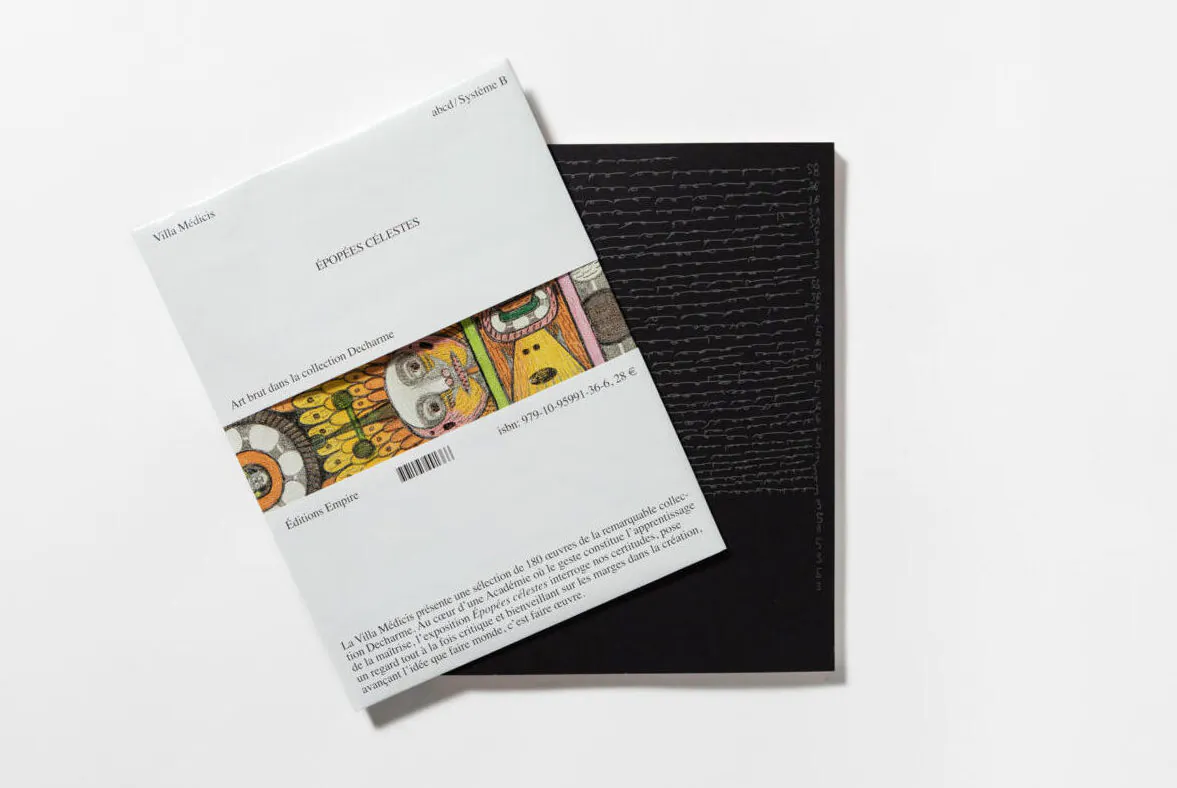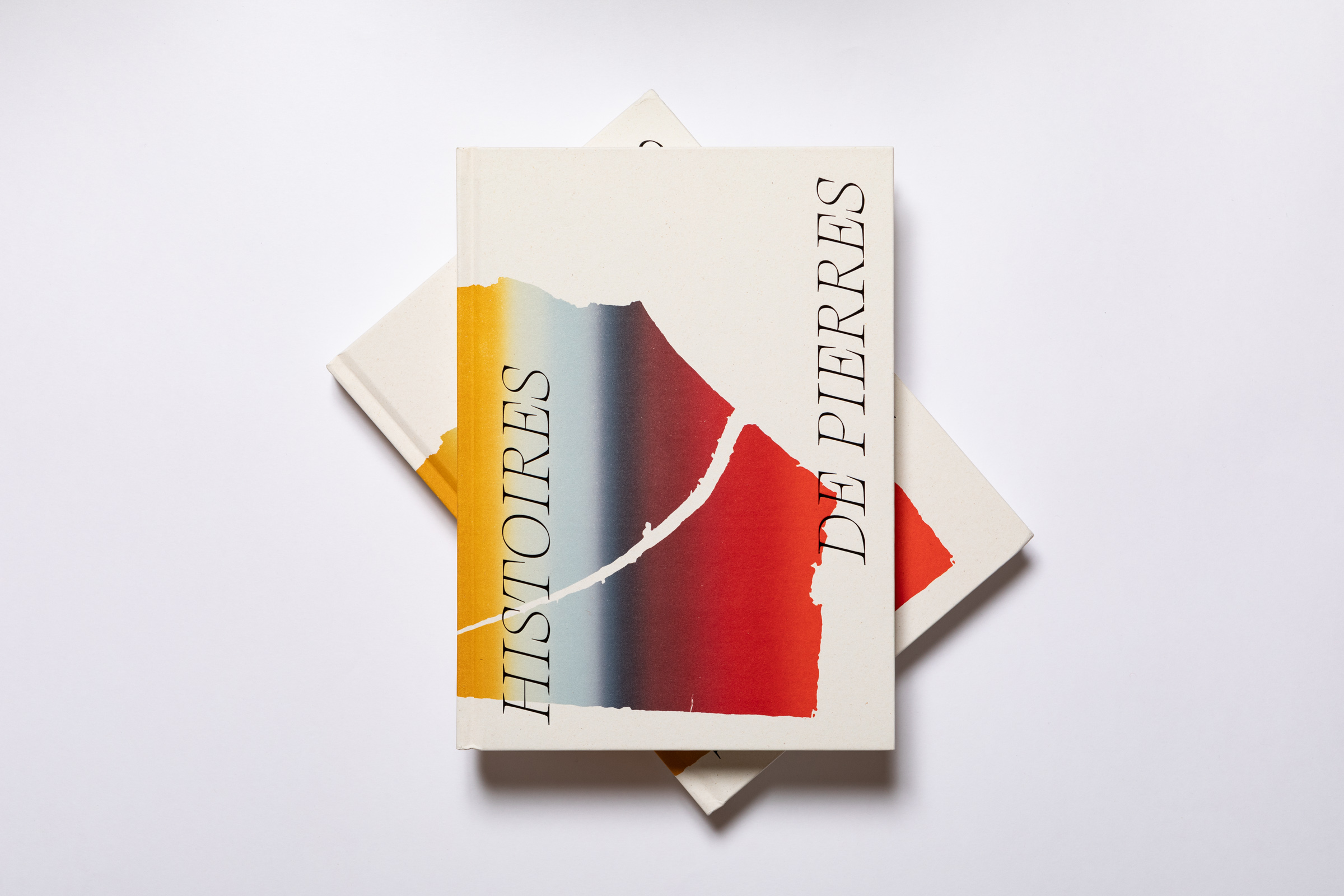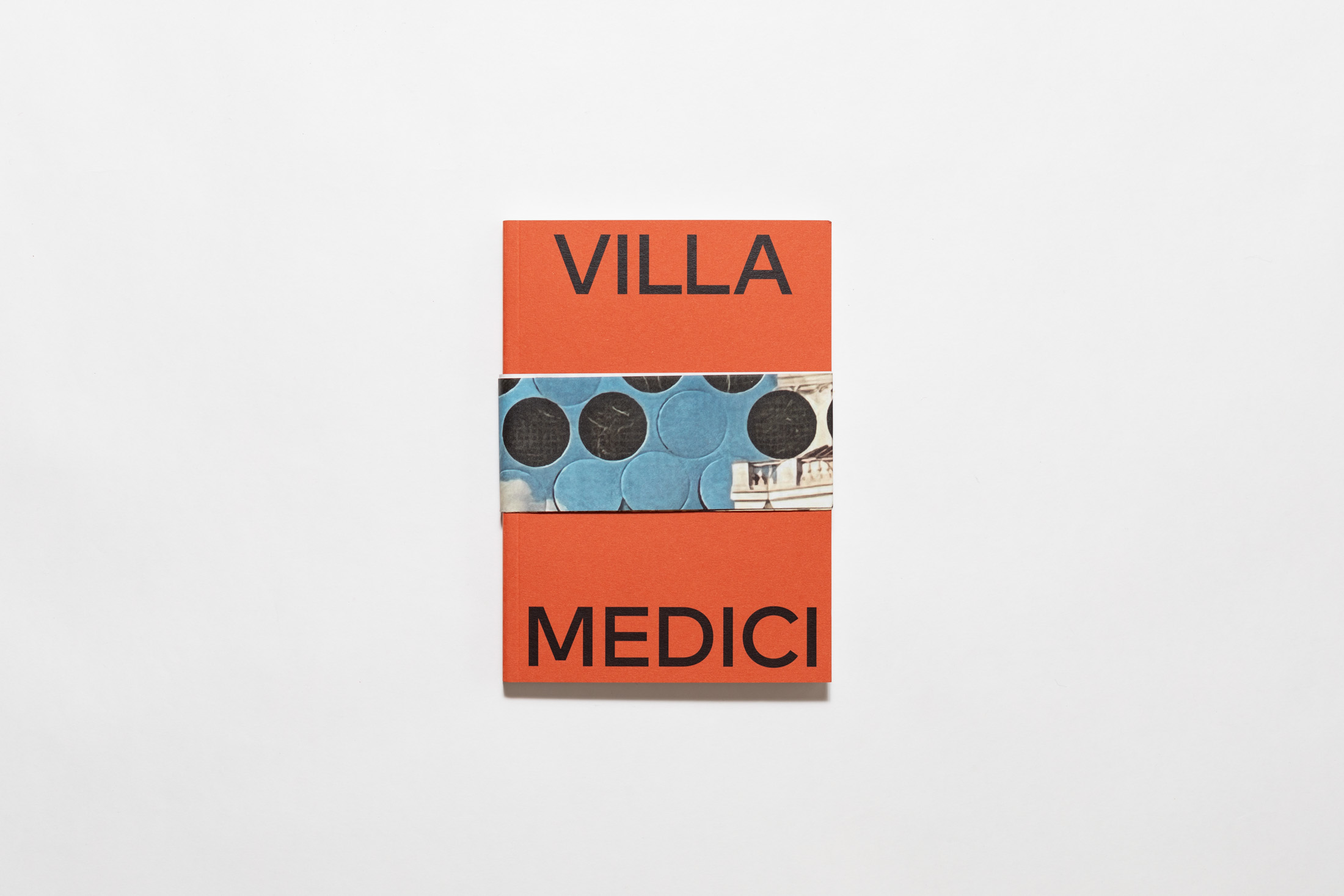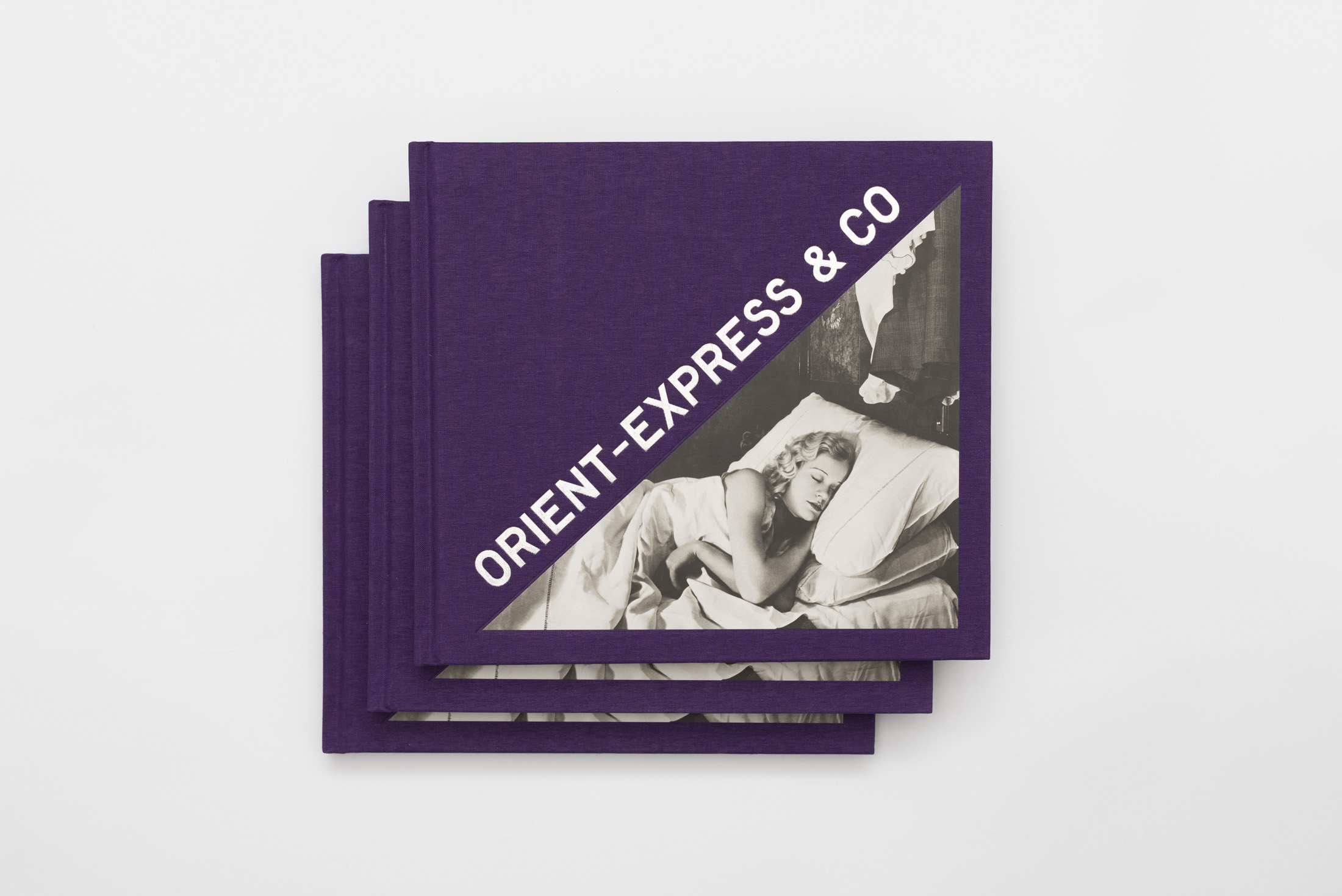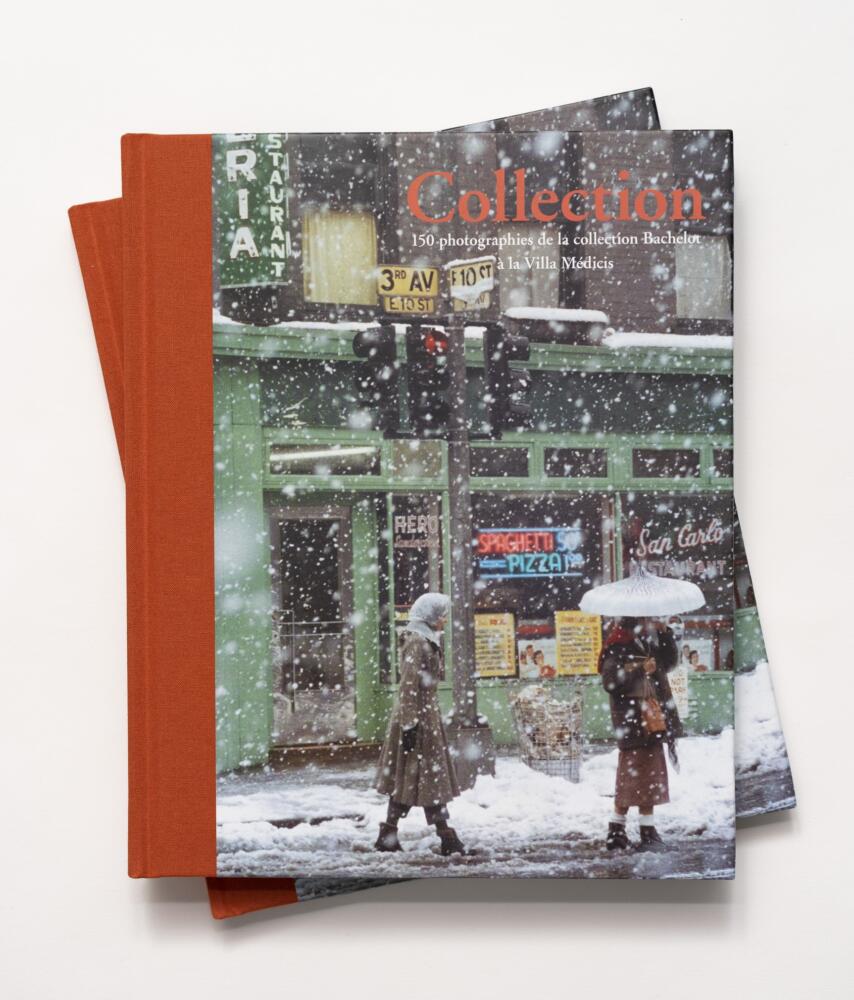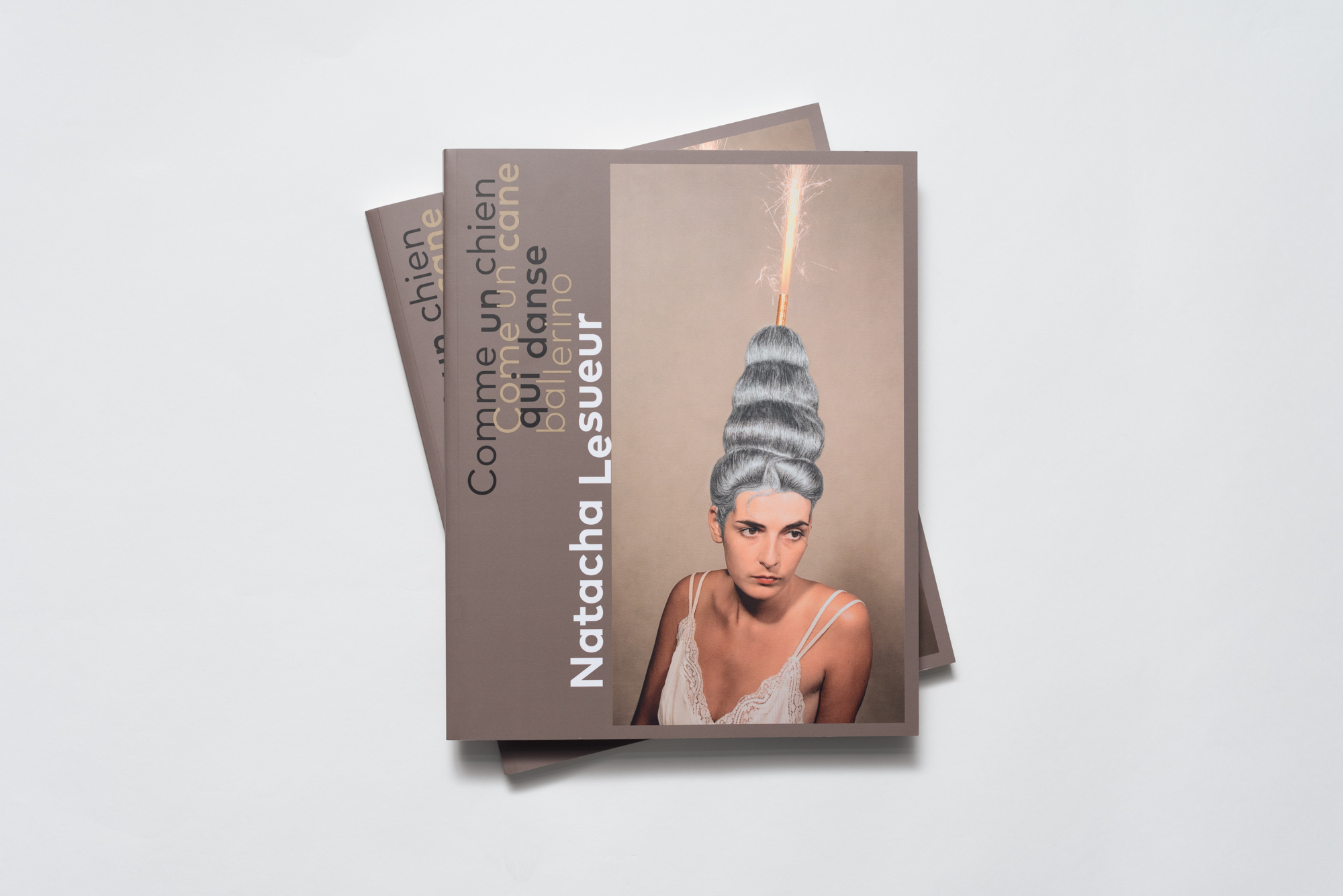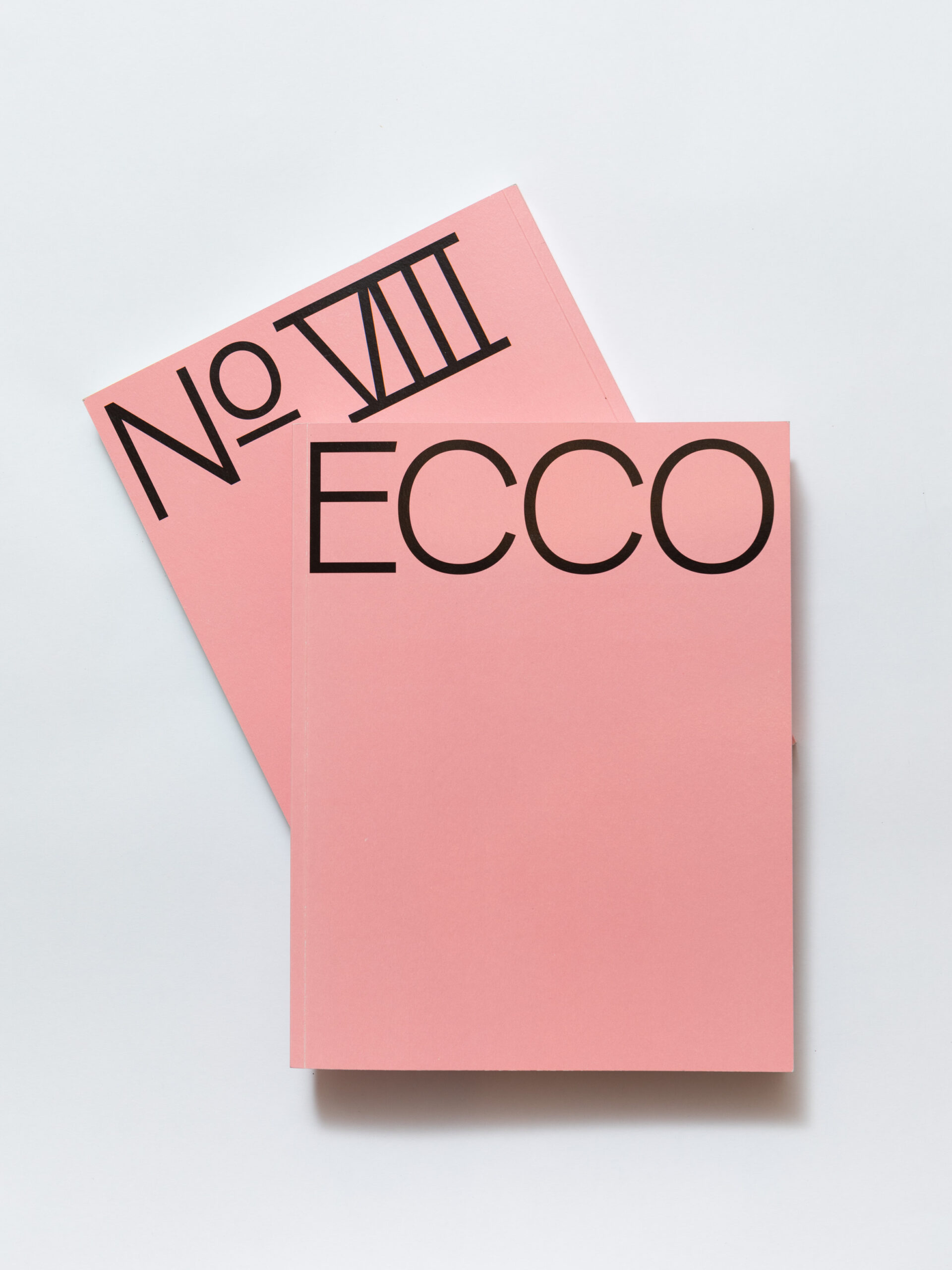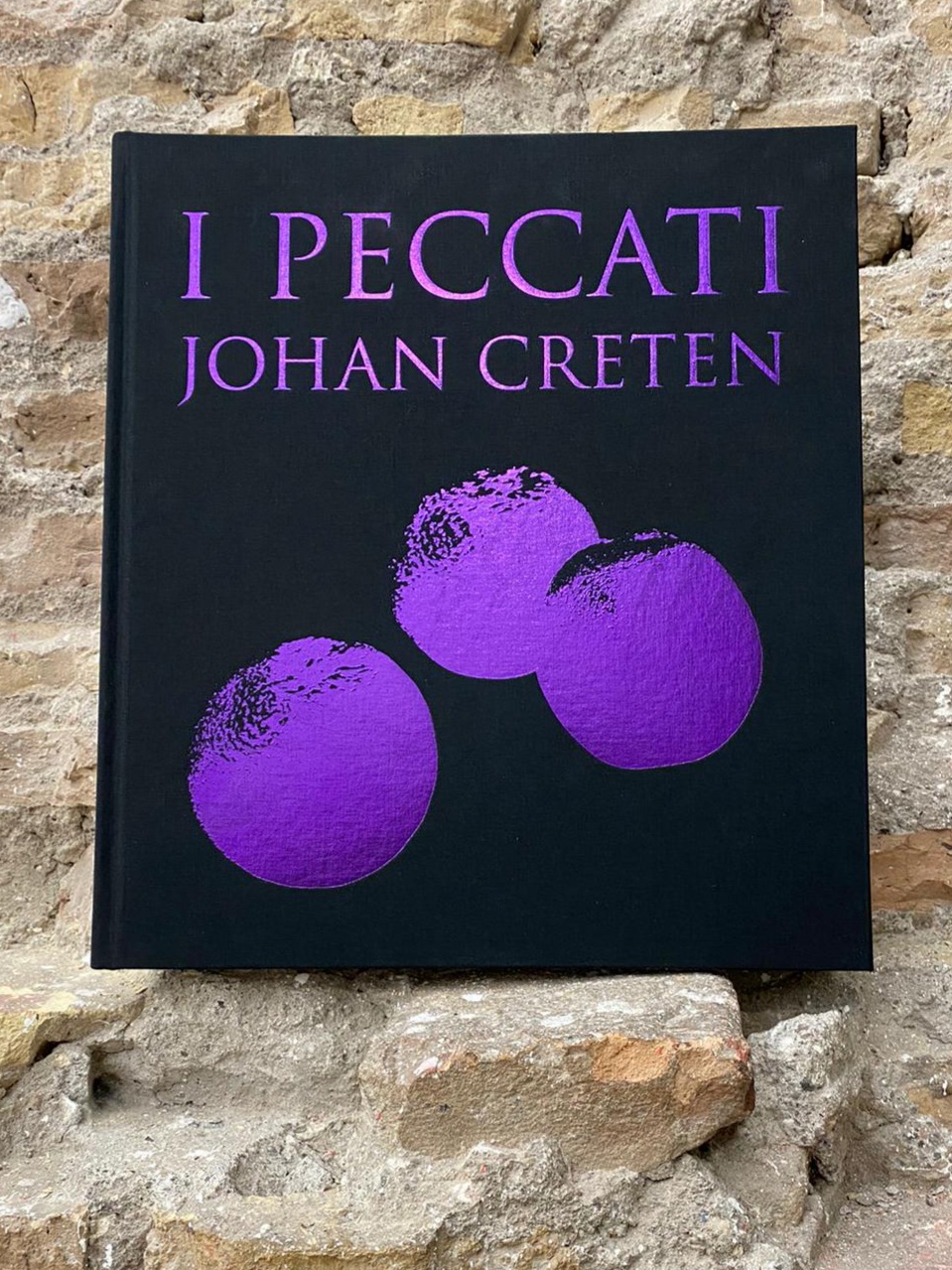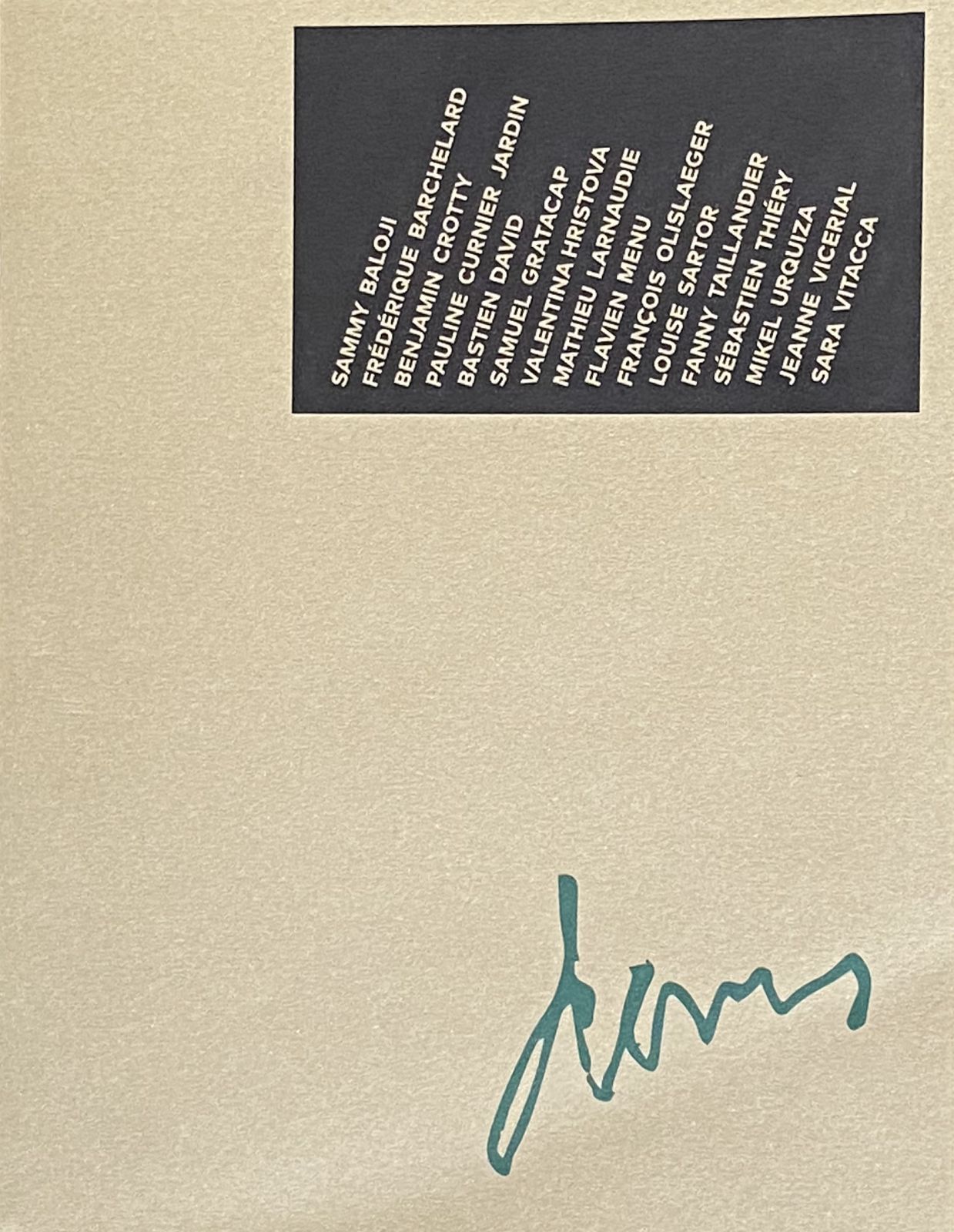Search
Scribble
From Leonardo da Vinci to Cy Twombly
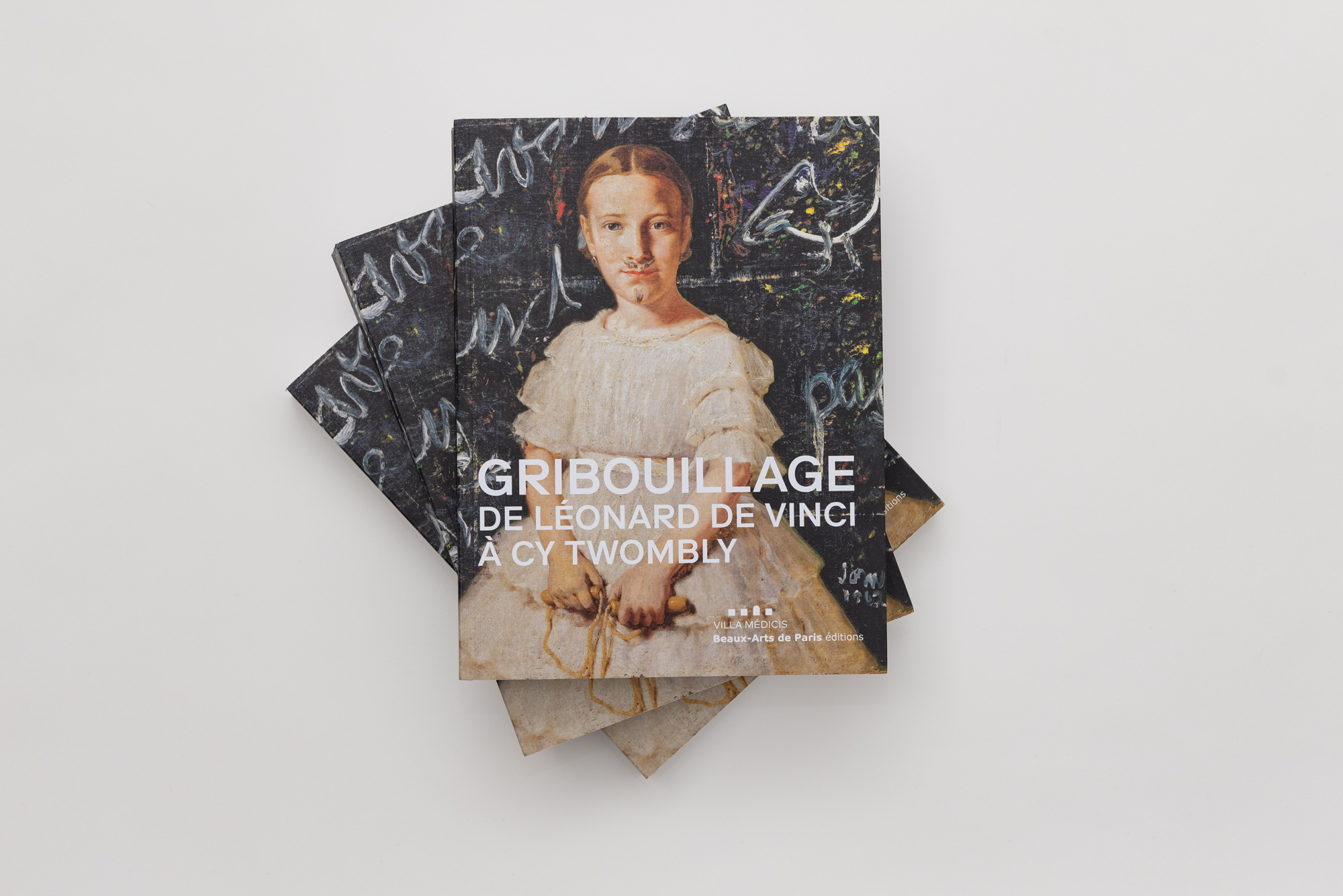
2022
Prices : 39€
This publication is on sale at the Villa Medici gift store.
The catalog accompanies the exhibition “Gribouillage, De Léonard de Vinci à Cy Twombly” open from March 03, 2022 to May 22, 2022 at Villa Medici. The exhibition catalog, featuring all 300 works exhibited in Rome and Paris, is published in Italian and French versions, co-published by Villa Medici and Beaux-Arts de Paris éditions. This reference publication on one of the least known and most controlled aspects of drawing practice offers a richly documented synthesis of the two exhibitions. From March 3 to May 22, 2022, the Académie de France à Rome – Villa Médicis previewed the exhibition-event
Scribble / Scarabocchio. From Leonardo da Vinci to Cy Twombly conceived by curators Francesca Alberti (Villa Medici) and Diane Bodart (Columbia University), in collaboration with Philippe-Alain Michaud as associate curator (Centre Pompidou). The exhibition unfolds in two unique and complementary parts, one in Rome, the other in Paris: the first presentation at Villa Medici, from March 3 to May 22, 2022, is followed by a second at the Beaux-Arts de Paris from February 8 to April 30, 2023.
Bringing together nearly 300 original works from the Renaissance to the present day, the exhibition’s two presentations shed light on one of the most repressed and uncontrolled aspects of drawing practice. By examining the many facets of doodling, from the daubed sketch on the reverse of a painting to the scribble as a work of art, the exhibition reveals how these experimental, transgressive, regressive or liberating graphic gestures, which seem to obey no laws, have punctuated the history of artistic creation from time immemorial. During the Renaissance, in order to break free from the constraints of what was later known as “academic” drawing, artists indulged in free, instinctive and gestural graphic forms, reminiscent of rudimentary children’s drawings, calligraphic ramblings in the margins of manuscripts or the graffiti of anonymous hands covering city walls. Picasso, referring to children, said: “It took me a lifetime to learn to draw like them”; Michelangelo was already having fun imitating the clumsily graffitied puppets on Florentine facades. The exhibition explores this hidden facet of artistic work, inviting visitors to shift their gaze to the reverse side of the paintings or the walls of the studio, to the margins of the drawings or beneath the decorations of the detached frescoes….
By bringing together works by the masters of early modernity – Leonardo da Vinci, Michelangelo, Pontormo, Titian, Bernini… – with those of major modern and contemporary artists – Picasso, Dubuffet, Henri Michaux, Helen Levitt, Cy Twombly, Basquiat, Luigi Pericle… – the exhibition blurs chronological classifications and traditional categories (margin and center, official and unofficial, classic and contemporary, work and document) and places the practice of doodling at the heart of artistic making.
The fruit of a long-term research project led by the curators, the exhibition, co-produced with the Beaux-Arts de Paris, is the result of extensive international coordination. It is supported by the Centre Pompidou in Paris, and by a partnership with the Istituto Centrale per la Grafica in Rome, a national institution dedicated to the graphic arts.
Gribouillage De Léonard de Vinci à Cy Twombly has received outstanding loans from prestigious Italian and European institutions, including : Galleria degli Uffizi, Florence; Gallerie dell’Accademia, Venice; Museo e Real Bosco di Capodimonte, Naples; Biblioteca Reale, Turin; Opera Primaziale Pisana, Pisa; Musée du Louvre, Paris; Staatliche Museen, Berlin; Museu Nacional Soares dos Reis, Porto; Bibliothèque Sainte-Geneviève, Paris; Casa Buonarroti, Florence; Archivio Nazionale di Stato, Rome; Musée du Petit Palais, Paris… The two exhibitions are designed to complement each other, each offering a unique selection of works and a unique setting. The Roman exhibition will feature some 150 works, and will be divided into six thematic sections, bringing together ancient and contemporary works.
400 pages
ISBN 9782840568483
French and Italian
Thematic sections
1. In the shadow of the studio
Behind the panels and canvases of the most famous Renaissance artists, in the margins and verso of their leaves, beneath the detached frescoes, lies a profusion of astonishing and mostly unknown drawings and graphic amusements. The exhibition brings together and reveals this hidden aspect of artistic creation. 2. The game of drawing
The game of drawing, to which artists devoted themselves in a time reserved for relaxation and recreation, gave free rein to experimentation and the development of a “scribbled style”. This process of “controlled regression” is one of the premises for the development of caricature as an art form in its own right. 3. Compositions incultes
Componimento inculto : this oxymoron conceived by Leonardo da Vinci refers to the quick, crude and rudimentary sketches used to bring out the figure and research its movements and attitudes. From the Renaissance onwards, the drawing sheets of the masters were filled, like drafts, with wanderings and errors, until they became as illegible as stains, generating potential images. 4. The childhood of art
With his Portrait of a Child Laughing while Showing a Drawing, Giovanni Francesco Caroto inaugurates a season of paintings that play with the often ironic mise en abyme of children’s drawings. In these paintings, ephemeral, seemingly insignificant doodles acquire a new status: they become theoretical objects, introducing a reflection on the birth of art and the creative impulse. 5. Childishness
At the beginning of the 20th century, in search of a primitive spontaneity, the European artistic avant-garde looked to childishness as a way of regenerating art with new vitality. On the one hand, the motif of the spadassin or ubuesque(puppet) man, and on the other, the gestural pencilling of the spirograph child, provided a source of inspiration to be declined and reinterpreted. 6. The call of the wall
The immaculate perfection of smooth plaster calls on the graphic gesture to cover its surface, just as much as the roughness of the asperities of dilapidated walls invites it to complete the work of time. These temporal sedimentations, criss-crossed by the resurgence of ancient gestures, fascinate modern artists, who draw on the language of walls to create a repertoire of forms and signs, in search of the strength of the gesture of inscription.Commissioners
Curators:
-Francesca Alberti, director of the art history department at the Académie de France in Rome – Villa Médicis, lecturer at the Université de Tours, CESR
-Diane Bodart, associate professor of art history at Columbia University, New YorkAssociate curator:
Philippe-Alain Michaud, art historian, curator at the Musée national d’art moderne – Centre Pompidou, ParisAssociate curator for the Beaux-Arts de Paris:
-Anne-Marie Garcia, curator, head of collections at the Beaux-Arts de ParisCurator for the partner institution:
-Giorgio Marini, art historian, curator appointed by the Istituto Centrale per la Grafica, Rome
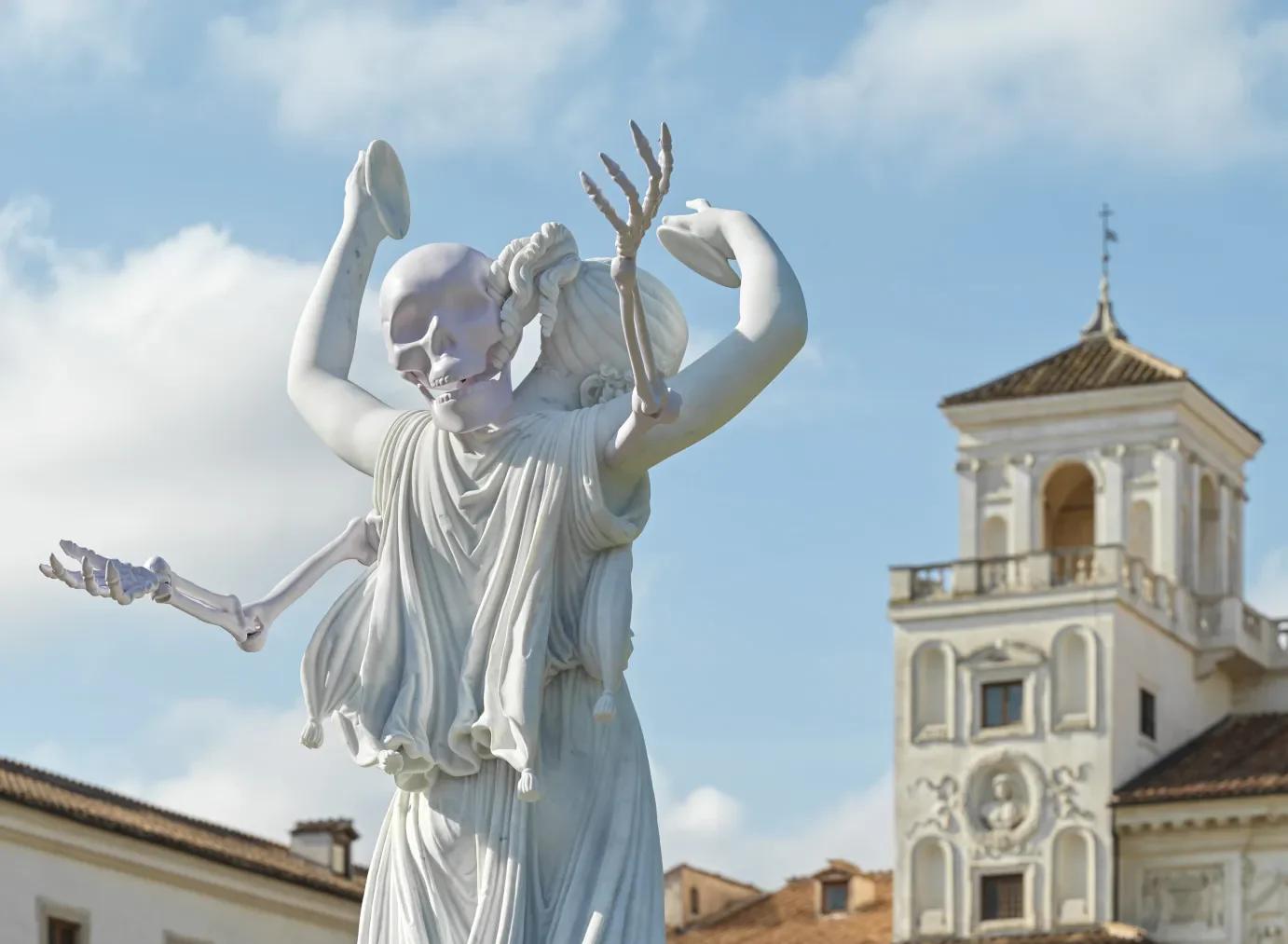
Dance
Urs Fischer
18.09 - 22.11.2025
- Artist :
- Urs Fischer
